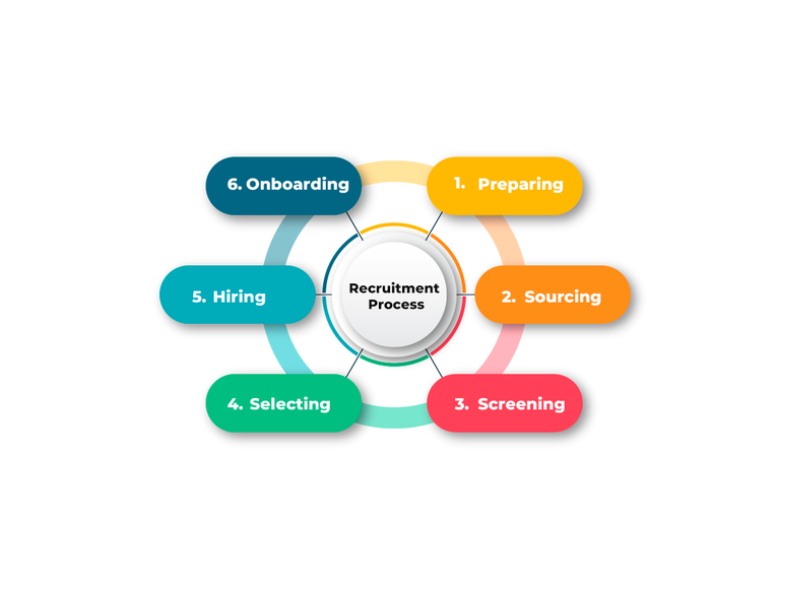
The web has come a long way from simple HTML pages to dynamic, interactive applications. But as web applications become more complex, performance issues arise—especially when running high-computation tasks in the browser. That’s where WebAssembly (Wasm) steps in, revolutionizing the way developers build and run web applications.
But what exactly is WebAssembly, and why is it considered the future of web development? Let’s dive deep into it.
What is WebAssembly?
WebAssembly (Wasm) is a binary instruction format designed to execute high-performance applications directly in web browsers. It acts as a low-level virtual machine that enables developers to write code in various programming languages like C, C++, Rust, and Go, then run that code efficiently in the browser.
Why WebAssembly Stands Out
- Near-Native Speed → Since Wasm compiles code directly into optimized machine code, it runs much faster than JavaScript.
- Multi-Language Support → Developers can use languages beyond JavaScript, like Rust or C++, and compile them into Wasm.
- Security-First Approach → Wasm runs in a sandboxed environment, making it safe for executing untrusted code
- Cross-Platform Compatibility → It’s designed to be platform-independent, meaning it runs on any modern browser without additional plugins.
In short, WebAssembly makes web applications faster, more efficient, and more flexible—a game-changer for modern web development.
How Does WebAssembly Work?
WebAssembly isn’t a programming language you code in directly. Instead, it serves as a compilation target for high-level languages like C++ or Rust. Here’s a simplified process of how Wasm works:
- Write Code in a High-Level Language → Developers write programs in languages like C, C++, or Rust.
- Compile to WebAssembly → The code is compiled into a .wasm binary file using tools like Emscripten or Rust’s wasm-pack.
- Execute in the Browser → The browser loads and runs the Wasm file within the WebAssembly virtual machine.
- Interact with JavaScript → WebAssembly can work alongside JavaScript, allowing seamless integration into web applications.
In short, WebAssembly makes web applications faster, more efficient, and more flexible—a game-changer for modern web development.
Why is WebAssembly Important?
1. Faster, Smoother Web Apps
If you’ve ever used a web-based video editor or played a game in your browser, you know how frustrating lag and slow performance can be. WebAssembly eliminates these issues by executing code at near-native speed, making web apps feel just as responsive as desktop software.
2. Expanding Web Development Beyond JavaScript
For years, JavaScript was the only viable option for web development. But WebAssembly opens the doors to other languages, allowing developers to use C++, Rust, and others to build web applications without sacrificing performance.
3. Web Apps That Rival Desktop Software
Think about applications like Photoshop, AutoCAD, or 3D modeling software. These have traditionally been desktop-only because browsers couldn’t handle the heavy computation. With WebAssembly, these complex applications can now run directly in a browser, without sacrificing performance.
4. Reduced Load Times
No one likes waiting for a website to load. WebAssembly’s compact binary format means faster downloads and quicker execution, improving both user experience and SEO rankings.
5. More Efficient Server-Side Processing
While WebAssembly is primarily used in browsers, it’s also gaining traction on the server side. Companies are using it in cloud computing to execute tasks faster and more securely.
Where is WebAssembly Being Used Today?
Several industries have already embraced WebAssembly to enhance their web applications. Some notable use cases include:
1. Gaming
Gaming engines like Unity and Unreal Engine use WebAssembly to bring high-performance gaming to the web. Games that previously required huge downloads can now run directly in a browser without sacrificing performance.
2. Video & Image Editing
WebAssembly enables powerful video and image editing applications to run in the browser. Apps like Figma and Photoshop Express rely on Wasm for real-time, seamless editing experiences.
3. Scientific Computing
Researchers and data scientists are using WebAssembly to run machine learning models and high-computation algorithms directly in the browser, reducing dependency on external servers.
4. Blockchain & Cryptography
Cryptographic operations require heavy computation, and WebAssembly helps boost performance and security for blockchain applications and smart contracts.
5. Enterprise Applications
Companies are integrating WebAssembly into enterprise software to enhance speed, security, and scalability—especially for real-time data processing applications.
Challenges & Limitations of WebAssembly
Despite its potential, WebAssembly isn’t perfect. Here are some challenges developers face:
- Limited Web API Access → Unlike JavaScript, Wasm has restricted access to browser APIs, making some tasks harder.
- Steep Learning Curve → Developers must learn new tools and workflows to integrate WebAssembly effectively.
- File Size Overhead → Wasm files are compact, but sometimes larger than optimized JavaScript bundles.
- Debugging Complexity → Debugging WebAssembly is trickier than JavaScript due to its binary nature.
Despite these hurdles, WebAssembly is rapidly evolving, with ongoing improvements aimed at overcoming these limitations.
The Future of WebAssembly
WebAssembly is still evolving, but its potential is massive. Here are some key trends shaping its future:
- Wider Language Support → More programming languages will seamlessly compile to Wasm, making it even more accessible.
- AI & Machine Learning Integration → WebAssembly will enable faster execution of AI and ML models directly in the browser.
- Server-Side WebAssembly → Beyond browsers, Wasm is gaining traction for server-side applications, improving performance and scalability.
- WebAssembly System Interface (WASI) → A new initiative that allows WebAssembly to interact with system-level resources, making it even more powerful.
With tech giants like Google, Mozilla, and Microsoft backing WebAssembly, its future in web development looks unstoppable.
Final Thoughts
WebAssembly is reshaping web development, bringing near-native performance to browsers and expanding possibilities beyond the web. From gaming and AI to financial apps and beyond, its impact is undeniable.
To stay ahead in web development, now is the time to explore WebAssembly. If you’re searching for expert web development services, iB Arts is here to help you build cutting-edge applications that leverage the best of modern web technologies.























































